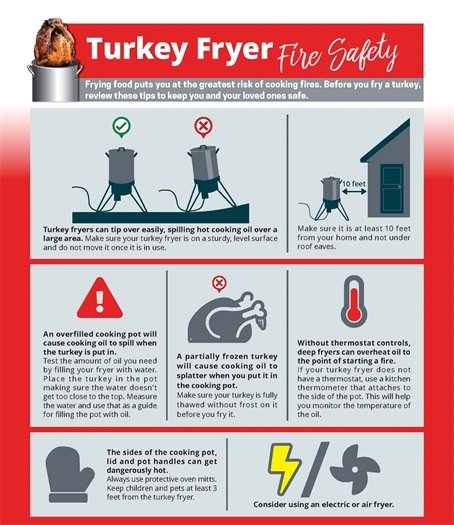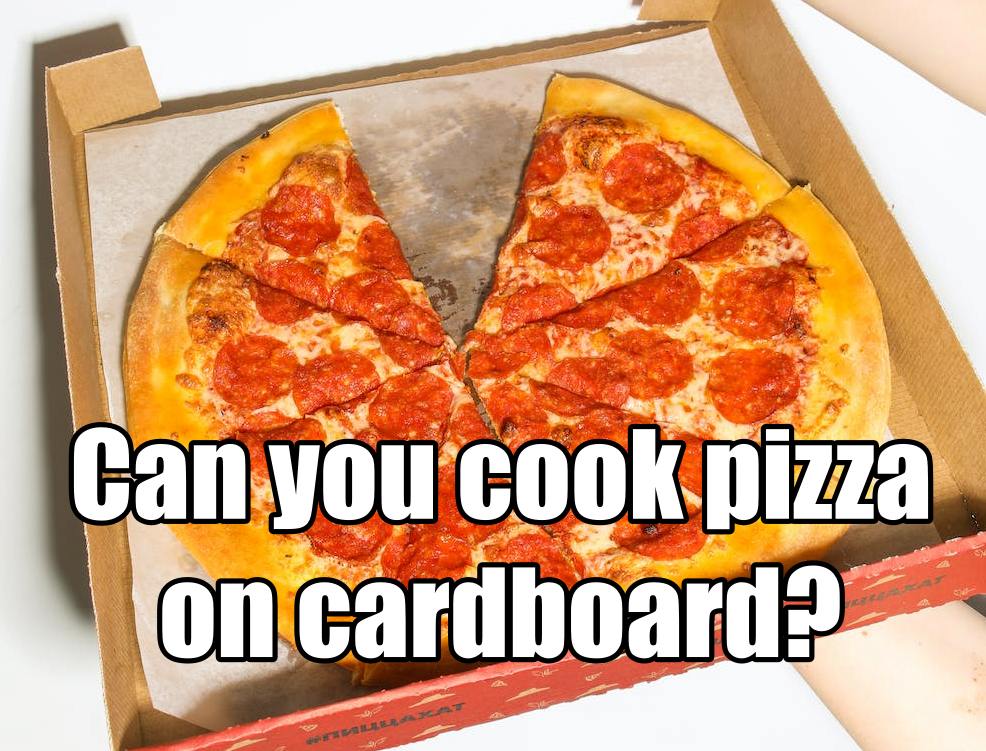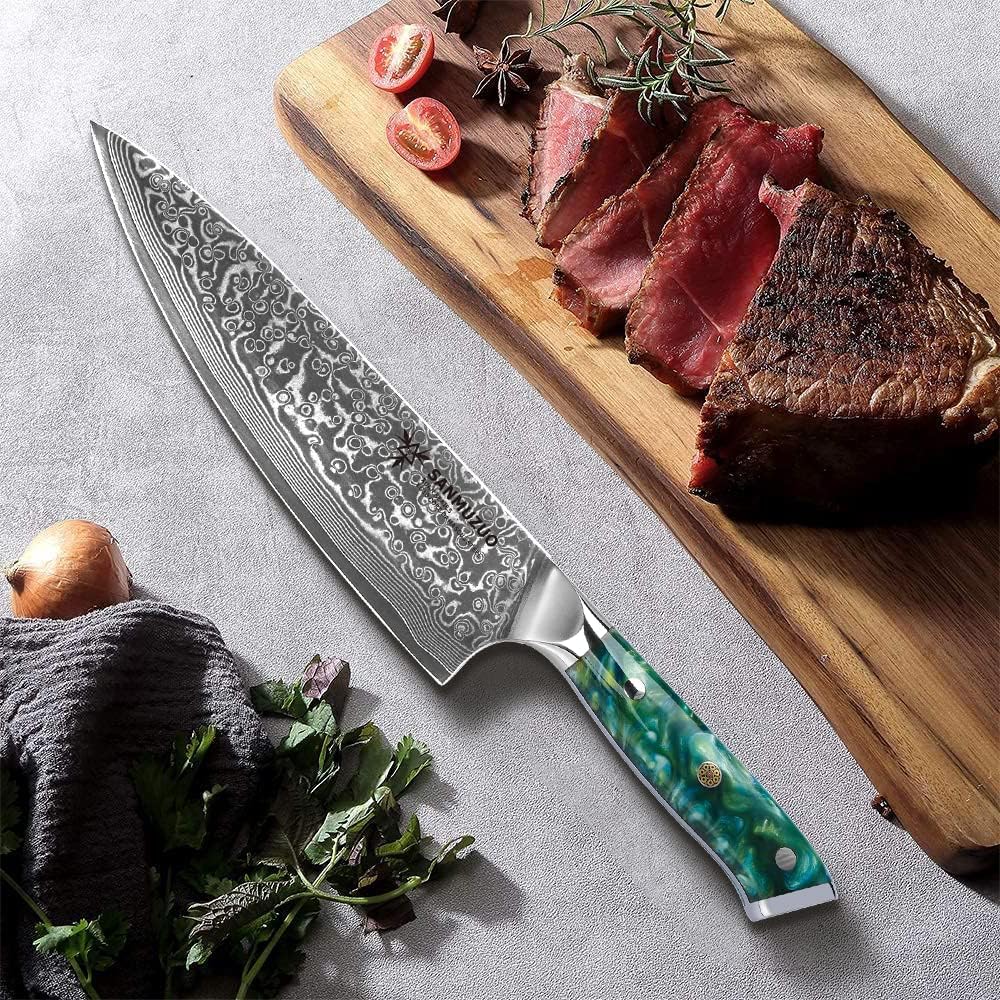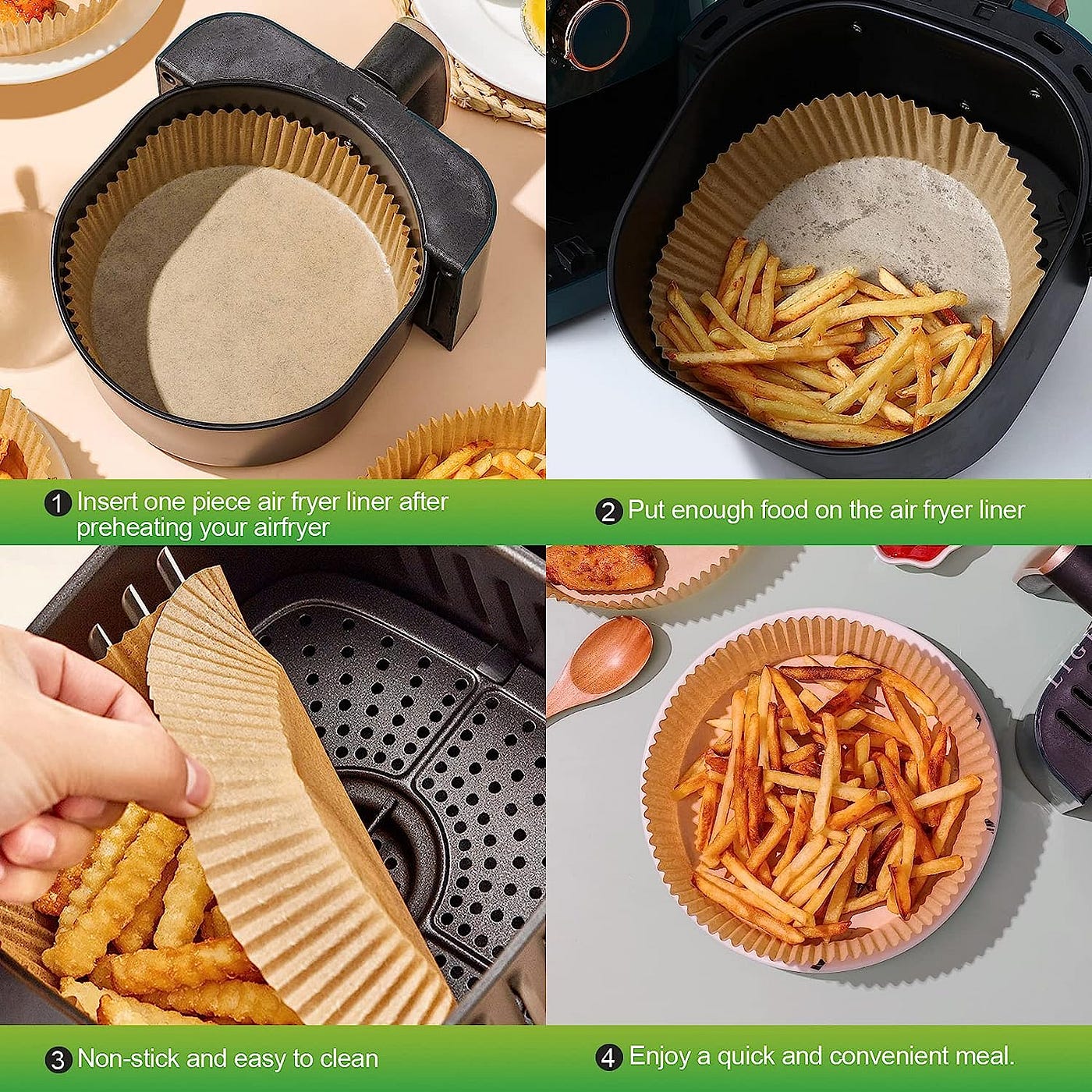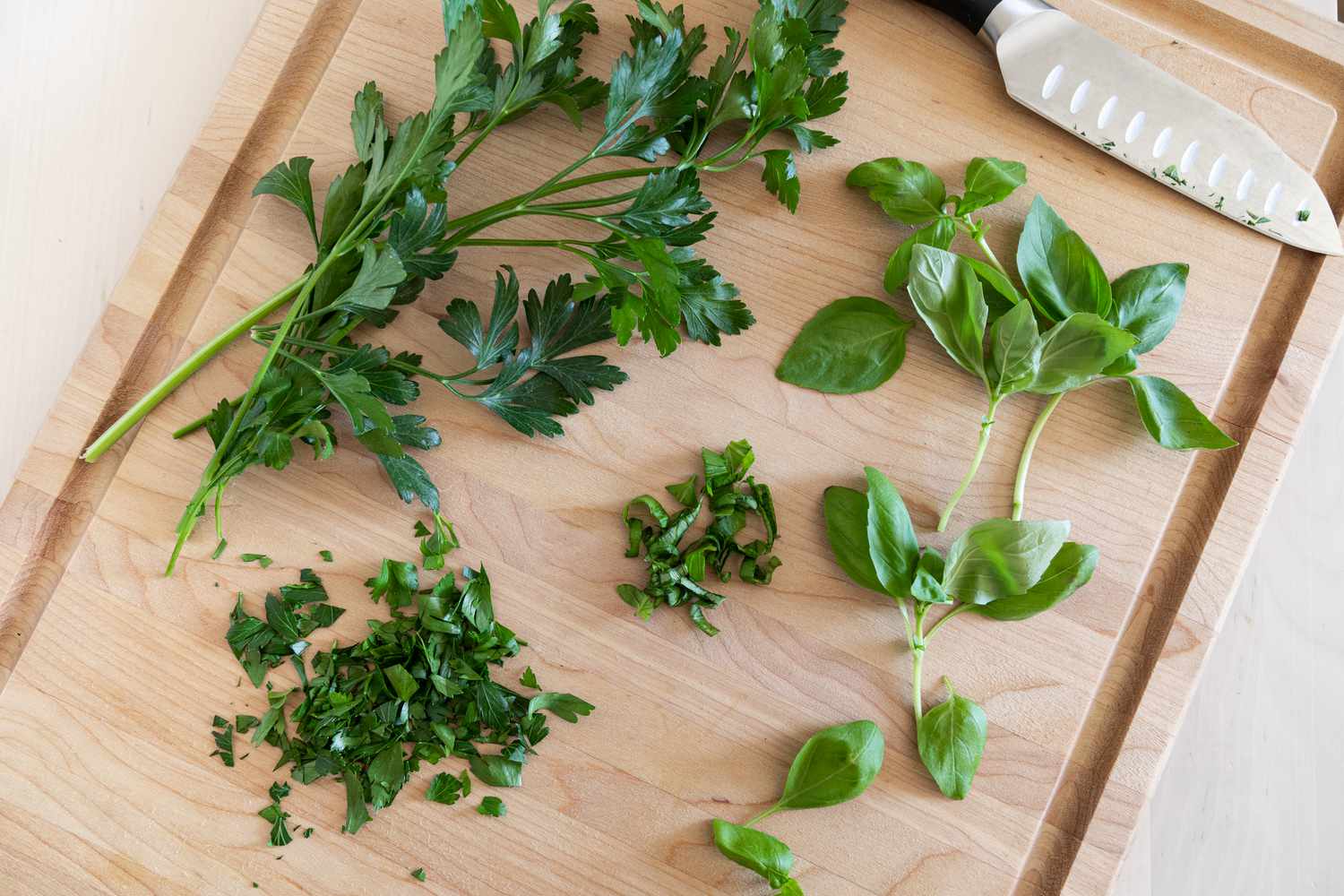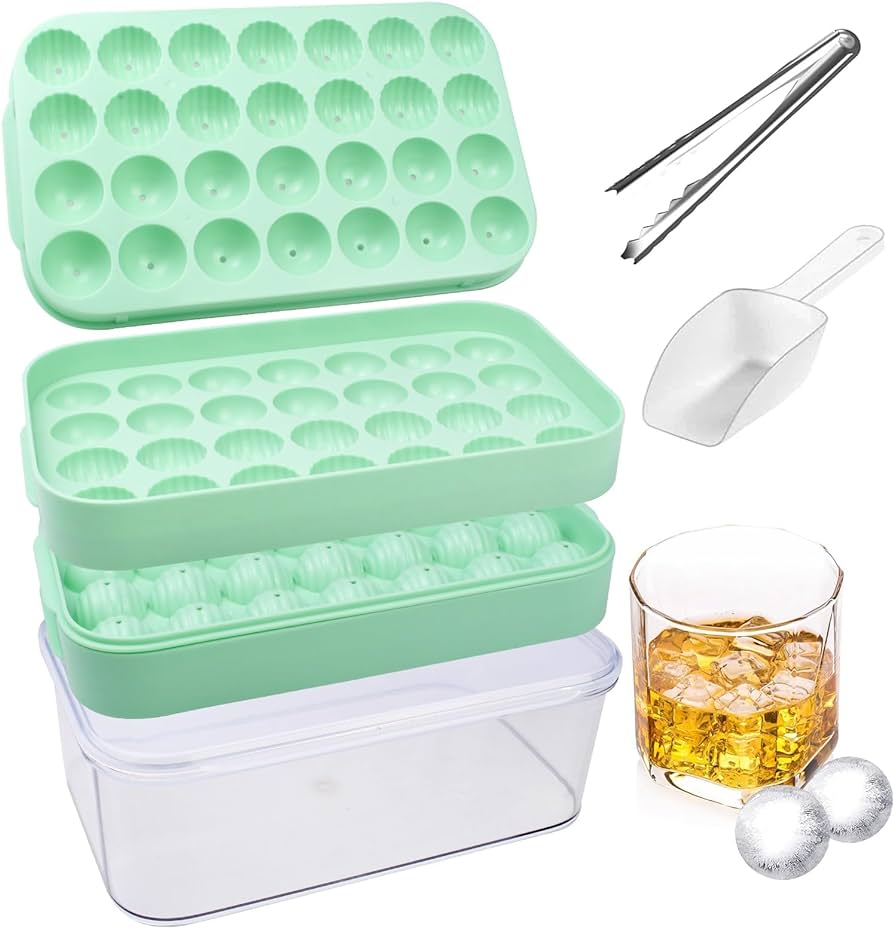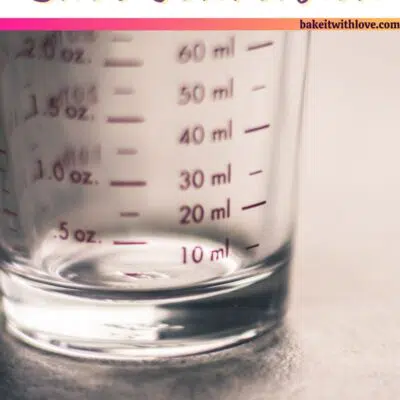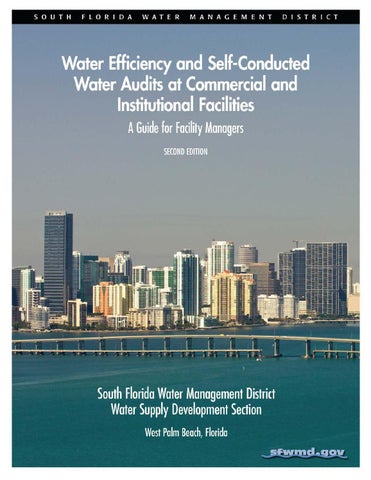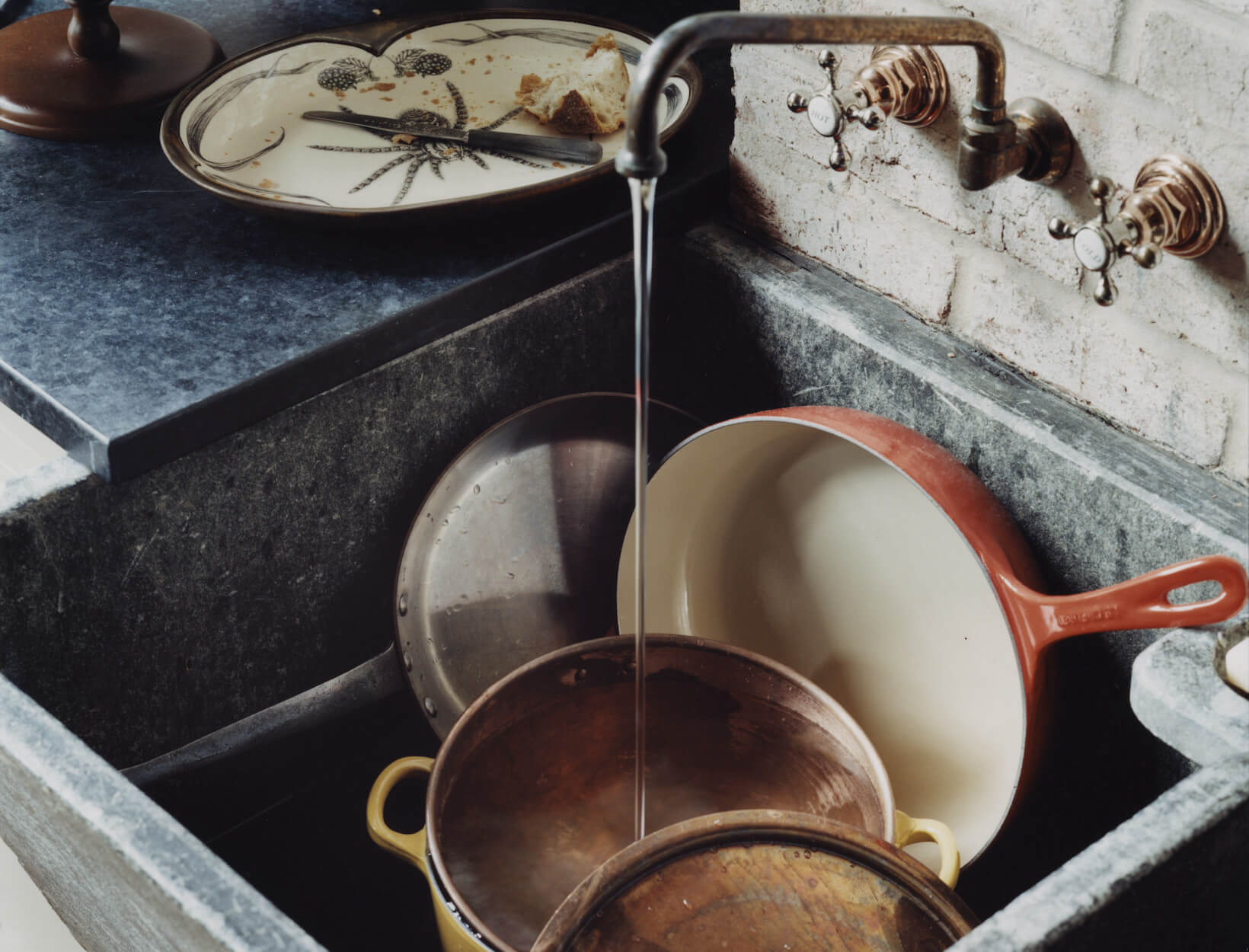The Dangers of Putting Ice in Deep Fryer: Safety Tips for Home Cooks
When ice is put in a deep fryer, it immediately melts and turns into water due to the high temperature of the oil. The water then boils and turns into steam, causing the oil to splatter in different directions. The hot oil can burn people and start fires. It is not possible to deep fry ice, unlike deep-fried ice cream, which is made by dipping solid ice cream in batter before frying. Ice in a deep fryer explodes because it rapidly melts and vaporizes.
Facts and figures from the article:
– When ice is dropped into hot oil in a deep fryer, it rapidly boils and expands.
– The expanding ice creates a wave of force that pushes hot oil away from the steam, causing it to splash out of the fryer.
– This can happen even with a small amount of ice, but the effect is greater with a large amount of ice.
– Accidentally dropping ice in a fryer is more dangerous than doing it purposefully, as it can cause the oil to slop out and potentially cause burns.
– Deep fryers are dangerous and should not be touched with any part of the body.
– Cold items should be kept away from the deep fryer to avoid them breaking or shattering when exposed to high heat.
– Adding water to a deep fryer can cause an explosion of hot oil, so it should be avoided.
– Deep fryers can be dangerous if ice is placed in them.
